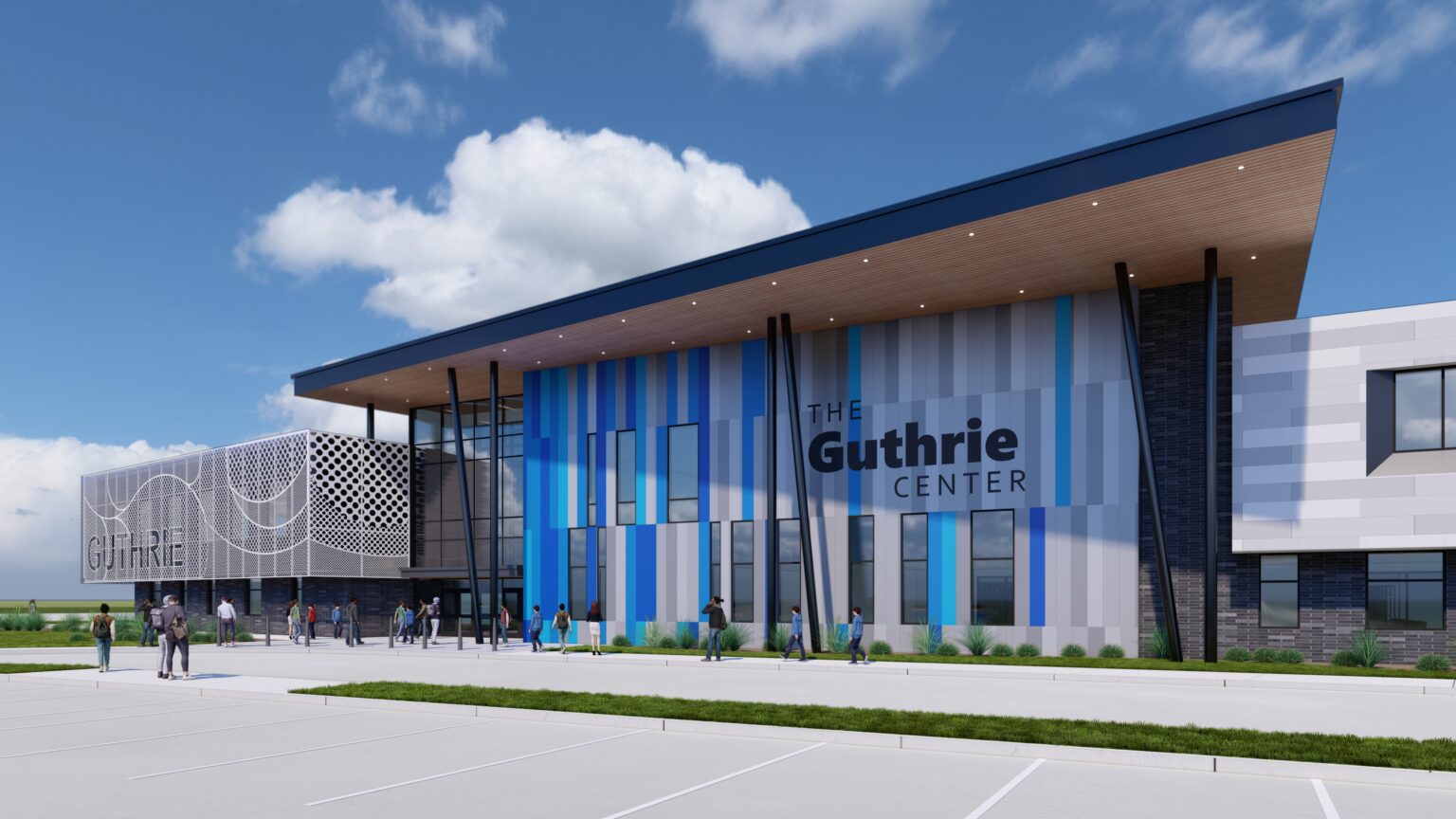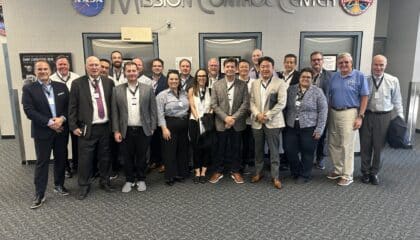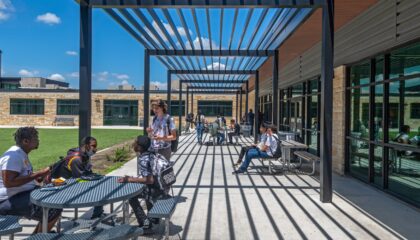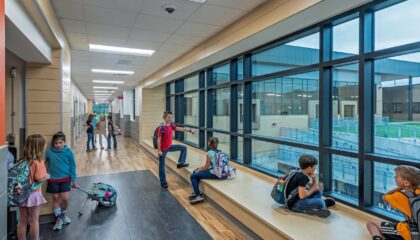Blog
Designing for the Future: How CTE Spaces Inspire Innovation in Architectural Design

By Brandon Ross
As an architect, I’ve always been drawn to projects that challenge the norm—projects that push beyond traditional boundaries and force us to rethink how spaces function. Career and Technical Education (CTE) facilities do exactly that. Unlike conventional classrooms, CTE spaces require us to design with precision, intention, and an eye toward the future of industry. They demand a level of creativity that goes beyond aesthetics, requiring us to merge education with real-world application in a way that is both inspiring and deeply impactful.
CTE projects are an invitation to think bigger, to design spaces that aren’t just places of learning but are training grounds for the next generation of skilled professionals. A welding lab isn’t just a room—it’s a fully functional workshop where students will develop expertise that could lead to a lifelong career. A culinary arts center isn’t just a school kitchen—it’s a dynamic environment where future chefs learn the intricacies of their craft using industry-grade equipment. Every CTE project presents a new challenge, a new opportunity to bridge the gap between education and the workforce.
One of the most exciting aspects of designing CTE spaces is the ability to create environments that don’t just accommodate learning but enhance it. The spatial relationships in these facilities are different. They require adjacencies that mirror real-world workflows, safety considerations that align with industry standards, and infrastructure that supports hands-on, experiential learning. These factors drive innovation in our designs, keeping our work fresh and forward-thinking.
What I find most fulfilling about these projects is their impact. The students who walk through these doors aren’t just gaining knowledge; they’re gaining confidence, skills, and tangible experience that will set them on a path to success. Knowing that our work directly contributes to their growth and future careers is incredibly rewarding.
CTE design is more than an architectural challenge—it’s an opportunity to shape the future. Every project pushes us to think beyond traditional school design, to be more inventive, and to create spaces that truly prepare students for the world ahead. And that’s what makes this work so exciting.
At PBK, we don’t just design for today—we design for the next generation, ensuring that education and industry are seamlessly connected through innovative, purpose-driven spaces.


